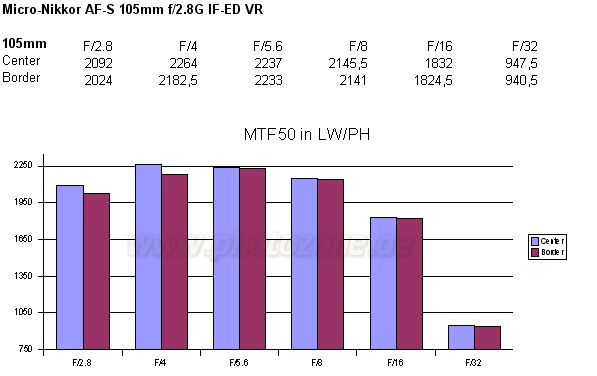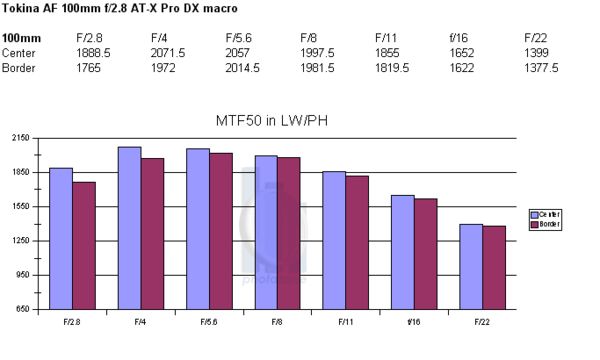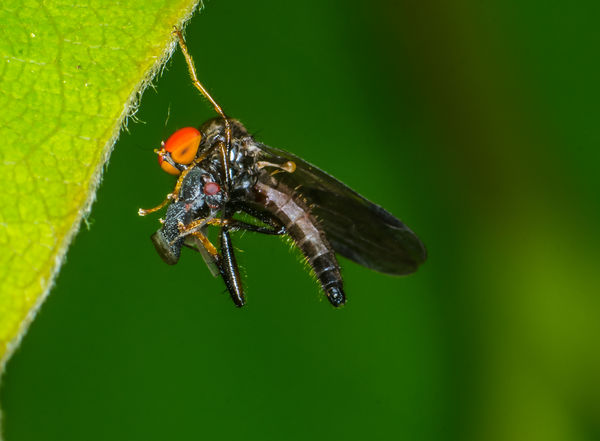Which macro should i get for a nikon d750?
May 24, 2016 13:49:47 #
For those who didn't visit my Flickr page but were curious about older lenses IQ, here is one I just shot the other day. This fly is about 4mm long, thus I had to crop the image as well as shoot at life size. Note that the eye facets can be seen in both the fly & in it's even smaller prey. You can click download to see an enlarged image....
May 24, 2016 14:03:45 #
amfoto1
Loc: San Jose, Calif. USA
Screamin Scott wrote:
One thing you will notice is that most everyone responding will promote whichever macro lens it is that they have....
True!
Fortunately I shoot Canon... and I have a number of different macro lenses (as I know you do, too, Scott).
Like others here, especially for a "first" macro lens, I recommend something in the 70mm to 105mm range of focal lengths. This is the most versatile, easiest to use and "general purpose".
Shorter and longer macro focal lengths are available, but tend to be rather specialized.... and harder to use.
Shorter focal lengths put you closer to your subject.... that might be fine doing copy work or other close-ups in a studio.... but can be a problem out in the field. Live subjects might not allow you to get close enough... while other types of subjects you might have problem casting a shadow on them when too close.
Extra long focal lengths give you more working distance.... but are harder to hold steady plus tend to render very shallow depth of field, forcing you to stop them down more, which in turn makes for slower shutter speeds and even more difficulty avoiding shake blur.
So... especially for a first macro lens... I recommend something in the 70mm to 105mm range. And, there are actually lots to choose among. As Scott said, image quality really isn't much of a concern. Most macro lenses are superior optically. It really comes down to other features, choosing among them: price, auto focus performance, image stabilization, and other features are what you'll want to compare. Aside from price (you can look those up yourself), some comments about the differences:
Auto focus performance - Often true macro shooting is more easily focused manually. However, sometimes auto focus can be important, too... particularly if you want the lens to serve dual purpose, for non-macro uses too. Now, by design, macro lenses tend to be slower focusing. They tend to emphasize precision over speed. Most use "long throw" focus for this reason. Still, higher performance types of focus drive such as "ultrasonic" and a focus limiter can speed up focus a bit and make a macro lens more widely useful. Not all macro lenses use this typically more expensive type of focus drive and not all have focus limiters, which can be set to reduce the range the AF will work within, reducing the time it takes to focus in certain situations. Some features to look for:
Image stabilization - Canon calls it "IS", Nikon "VR" or "vibration reduction", Tamron "VC" or "vibration control", and Sigma "OS" or "optical stabilization". Essentially it's the same thing and, frankly, of limited usefulness at the highest magnifications. Canon uses a specially developed hybrid version of IS in their 100mm lens (which, of course, isn't one you'll consider for your Nikon), but even it only gives about 1 stop worth of assistance at full 1:1 magnification. All the others use relatively standard stabilization that doesn't give much help at that max magnification. However, it can be helpful at less extreme magnifications and for non-macro purposes will allow a lens to be more "hand-holdable". But, a lot of macro shooters tend to use a tripod... or at least a monopod. So, it's up to you, whether this will be an important feature or not.
"IF" design - This is "internal focusing". Some macro lenses extend a great deal when focused closer and at higher magnifications. This reduces the working distance between the front of the lens and your subject, as well as changing the balance of the camera and lens combo on a tripod or monopod. An IF lens, on the other hand, doesn't increase in length when focused closer... It's all done internally, although the IF lens might be a little larger to start with (i.e., doesn't collapse as small for storage). Another benefit, IF lenses also don't rotate the front barrel, which can be desirable when using some types of filters (though, to be fair, many non-IF lenses also don't rotate).
Tripod mounting ring - This simply isn't available on any of the lenses you'll be able to consider for use on a Nikon camera, if you stick with the range of focal lengths I've recommended. No one makes a 100 or 105mm macro lens to fit Nikon, that has a built in tripod ring (I use Canon 100mm and 65mm lenses that do). You will find tripod rings on longer focal lengths such as 150mm, 180mm and 200mm. It's a nice feature to have.
Maximum aperture - Many macro lenses in the range of focal lengths I've recommended have f2.8 max aperture. You'll very likely often be stopping the lens down in search of depth of field (which can be very shallow at high magnifications), however a larger aperture lens makes for a brighter viewfinder, better auto focus performance and might be helpful for non-macro purposes. There are a few macro lenses with f3.5 and f4 max apertures, though often those are in the longer focal lengths. There also are a very few with larger f2.0 apertures (which can be nice for non-macro purposes). The only ones I'm aware of to fit a Nikon FX camera are the Zeiss 50mm and 100mm, both of which are manual focus only.
Vintage macro lenses - These might be more affordable and worth considering, especially if you don't plan a lot of non-macro uses for the lens. Some of the old manual focus, manual aperture macro lenses are superb... but slower to shoot with. However, they can be fine for many macro purposes. I sometimes use a vintage, manual focus, manual aperture Tamron SP 90mm that cost me all of $20 (plus another $40 for a bayonet mount adapter).
Some specific lenses you might want to consider are:
Tokina AT-X 100/2.8 (one of the least expensive, not IF and I think no focus limiter)
Tamron SP 90/2.8 (cheaper one that's not IF, doesn't have a focus limiter)
Tamron SP 90/2.8 VC USD (more expensive one with IF, focus limiter, faster USD focus and image stabilization)
Sigma 105/2.8 (older, now discontinued version... has faster HSM focus drive)
Sigma 105/2.8 OS (same as above, but with stabilization added)
Nikkor 105mm... I leave it to the Nikon experts to describe those. There have been several excellent versions over the years.
All the above are auto focus models and have potential for very high image quality. I previously mentioned the Zeiss 100mm, which is superb, but manual focus only and rather pricey.
Macro is a huge topic. Way too much to cover very thoroughly on a forum like this. Buy some good books about macro techniques (Art Wolfe, Nial Benvie, Mary & Joe MacDonald, Tim Fitzharris and many others).... learn about macro flash (often helpful or even necessary).... and Google "focus stacking".
May 24, 2016 14:08:06 #
photofreak8573 wrote:
i never had a macro before and am ready!
can you tell me the best and why?
thanks....
can you tell me the best and why?
thanks....
If money is not the object the Nikon 105mm Macro is the Lens to get.
It has the best IQ of that class of Lens. I have the Nikon 60mm and
wish I had got the 105mm.
Craig
May 24, 2016 14:09:55 #
Screamin Scott wrote:
For those who didn't visit my Flickr page but were curious about older lenses IQ, here is one I just shot the other day. This fly is about 4mm long, thus I had to crop the image as well as shoot at life size. Note that the eye facets can be seen in both the fly & in it's even smaller prey. You can click download to see an enlarged image....
Very Very nice work Scott. Is this the Nikon 105mm ???
Craig
May 24, 2016 14:12:23 #
Thanks....No, it's a MF mid 1980's Lester Dine 105mm F2.8 macro lens (originally marketed to Dentists for inter oral photography). I have to copies of it plus a Vivitar Series One 105mm F2.8 made by the same lens manufacturer as the Dine (Kino Precision-aka Kiron)
CraigFair wrote:
Very Very nice work Scott. Is this the Nikon 105mm ???
Craig
Craig
May 24, 2016 14:24:39 #
Screamin Scott wrote:
Thanks....No, it's a MF mid 1980's Lester Dine 105mm F2.8 macro lens (originally marketed to Dentists for inter oral photography). I have to copies of it plus a Vivitar Series One 105mm F2.8 made by the same lens manufacturer as the Dine (Kino Precision-aka Kiron)
That is one really great lens Scott.
Craig
May 24, 2016 21:45:13 #
Mark7829 wrote:
"Small Aperture Diffraction" radically reduced image resolution, starting at f/11. Most macro-photographers rarely shoot smaller than f/16.Most lenses max out f/22 or f/32. My Nikon 105 maxes out at f/59.
Read more here: FAQ: Why are my Digital Images Sharper at f/8 than f/22? at http://www.uglyhedgehog.com/t-59819-1.html
MTF (Resolution) for Nikkor AF 105mm 2.8 G

MTF chart for Tokina 100mm AT-X Pro D

May 25, 2016 08:59:14 #
Now with all that advise, what lens are you going to buy?
photofreak8573 wrote:
i never had a macro before and am ready!
can you tell me the best and why?
thanks....
can you tell me the best and why?
thanks....
If you want to reply, then register here. Registration is free and your account is created instantly, so you can post right away.




